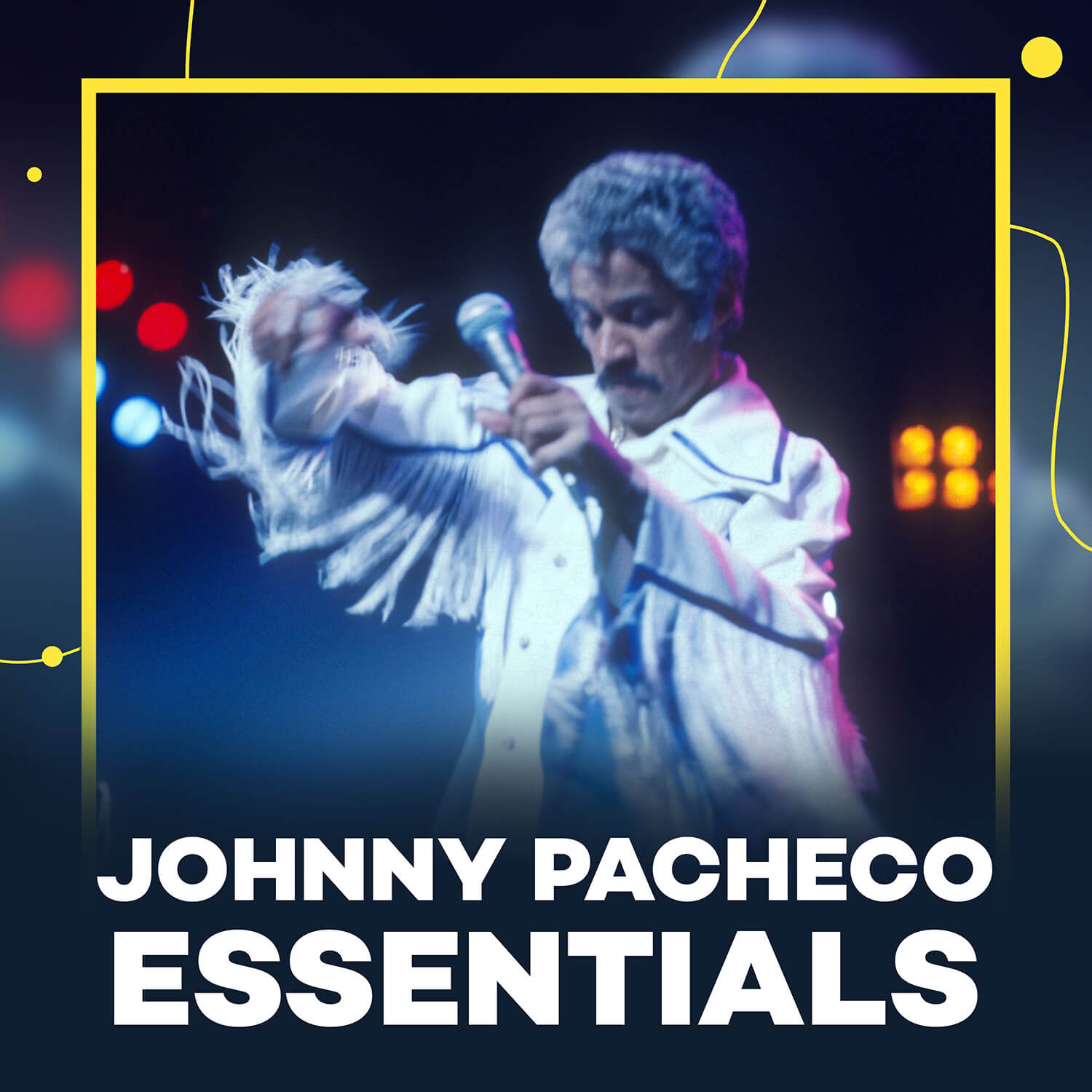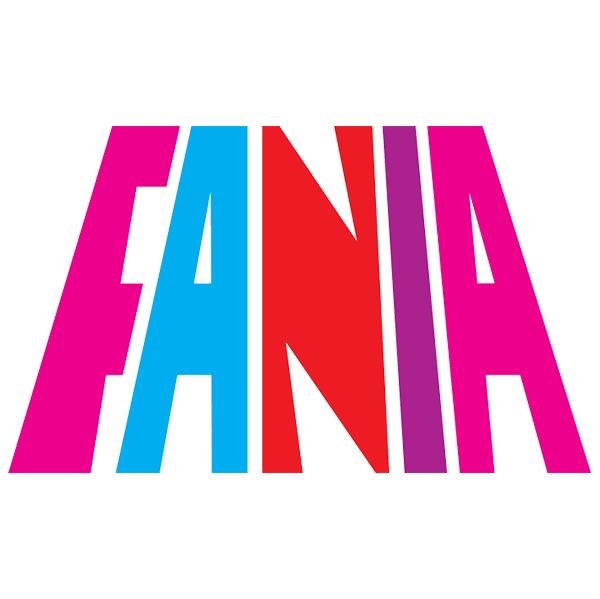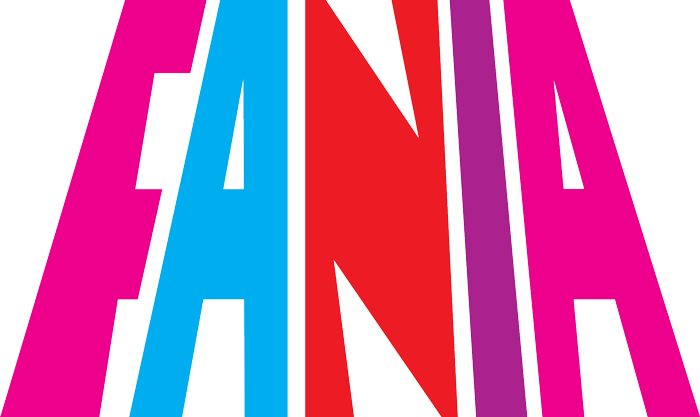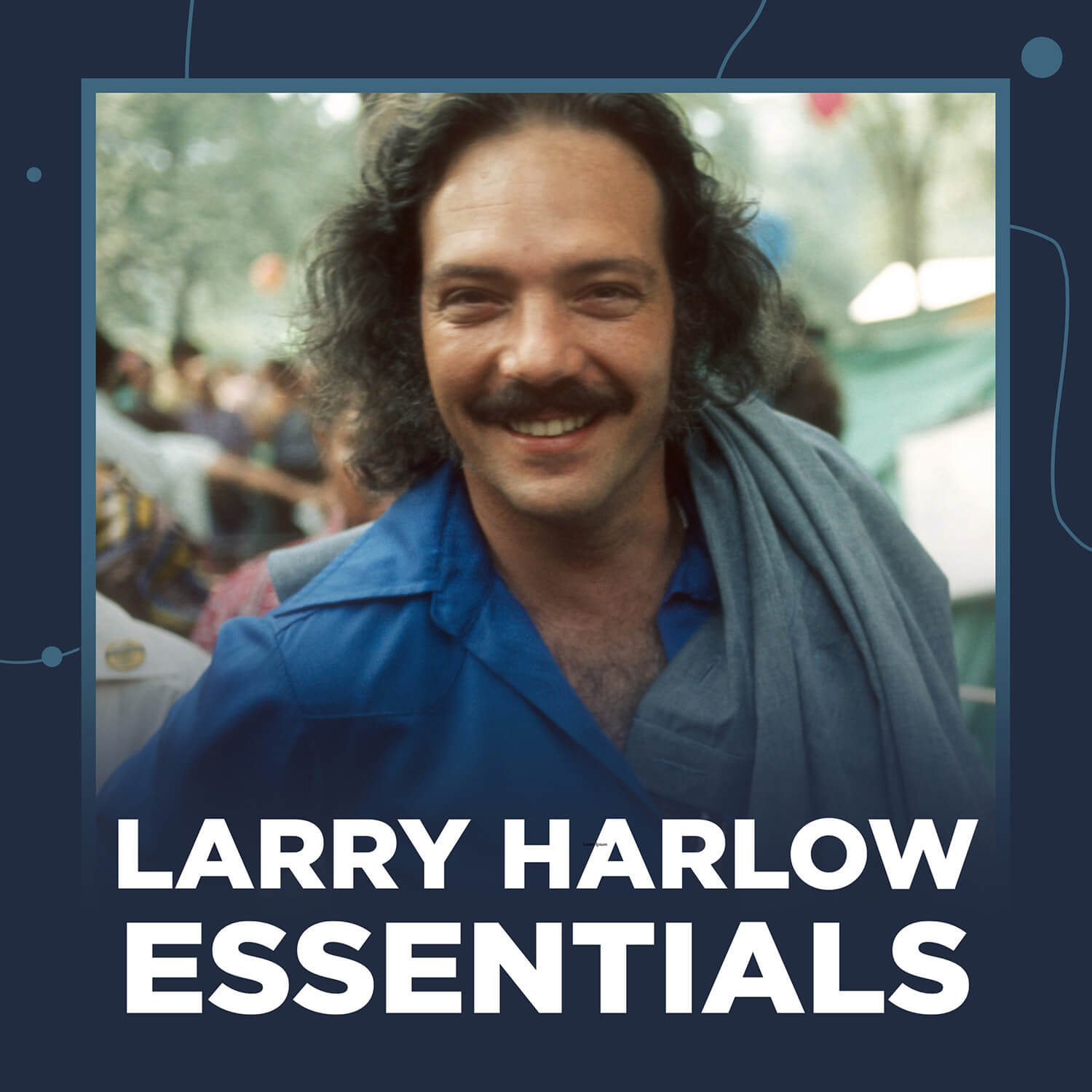
A Jewish kid from Brooklyn, Lawrence Ira Kahn, also known as Larry Harlow, became an integral part of the Afro-Cuban and Latin music scene in New York. He became interested in music with the help of his father who was a working musician at New York jazz clubs. In the end, he decided he wanted to play jazz and bebop music and embarked on working with jazz bands in Harlem. Being one of the only white members made it difficult to fit in during the time he learned the nuances of jazz structuring. While playing Latin stock arrangements he played piano as written, using simple movements, without the proper feel for the music. After being criticized for this by a bandleader, Harlow set out to learn from Latin pianists that ruled the airwaves on Spanish radio at the time.
While attending the Music & Arts High School in upper Manhattan, he needed to walk through Spanish Harlem to catch his subway train to Brooklyn every day. He’d walk up and down 116th street, and he was exposed to the music of Tito Puente, Machito and Tito Rodriguez that emanated from record shops and bodegas and came to the realization that this was the music he was meant to play. He began buying records by pianists Noro Morales, Joe Loco and Rene Touzet, among others, and copied their styles and solos. After taking a break from the band he worked with he perfected what he had learned and returned to Harlem to work with jazz bands that played some Latin music for dancers to enjoy. He learned from the Hispanic band members to play on clave and to which Cuban musicians to follow. That’s when Harlow fell in love with the music of Arsenio Rodriguez, Beny Moré, Roberto Faz and eventually felt the interpretations the key writers of Afro-Cuban music felt. This led to gigs playing with small Rumba bands and to entertain his people in the Catskill resorts where affluent Jewish people congregated to enjoy the Latin music they loved to dance to. After nightly performances the Latin musicians would gather at the hotel Harlow worked in and jammed for hours, with Harlow on keyboards. This gave him the confidence to fit in with Afro-Cuban percussionists and it opened a new world to him.
Then in the late ’50s and early ’60s, during the Cuban crisis, music from Cuba became unavailable due to embargoes and he began to experiment writing his own Latin arrangements with modern chord structures to give the genre a new feel. He took a break from college and visited Cuba with friends where he discovered a Mambo paradise where music resounded from every street corner. After 8 days of indulging in Cuban culture and music, he reluctantly returned to New York. Not long after that he returned to Cuba fully loaded with recording and photograph equipment and became a resident. He learned to speak Spanish and studied music at the Universidad de Habana while traveling with Orquesta Aragon and other luminaries to tape music and watch them perform.
When he returned to New York he worked with his father at several premier clubs. While working at the Tavern on The Green in Central Park, he became familiar with and dated his father’s manager’s daughter, Barbara Walters. When Barbara’s father opened the marvelous Latin Quarter night club Larry was offered the job of leading a small Rumba band for the Latin music lovers.
By the mid-sixties Harlow decided he was ready to form the Orchestra Harlow and hooked up with musician/bandleader Jose Curbelo who managed Tito Puente and Johnny Pacheco. Curbelo managed to package Harlow’s band with bookings for Puente and Pacheco and he began made a name for himself. In 1963, he was approached by Pacheco who offered to sign him to a recording contract with a small label named Fania which Pacheco formed with his divorce attorney, Jerry Masucci. Harlow was Fania’s first artist and from there it was a joyful ride for him and Fania to the top of the salsa world. Harlow decided to put together a band that utilized both trumpets and trombones. A combination unused by other arrangers until then.
He became “El Judio Maravilloso,” likened to “El Ciego Maravilloso,” his idol Arsenio Rodriguez after the release of his smash hit “La Cartera.” In 1968, Harlow was instrumental in the formation of the Fania All Stars. An orchestra specifically formed to showcase Fania artists. When the Fania All Stars were booked to appear at The Cheetah, a club owned by promoter, Ralph Mercado, the performances of that fabulous night were filmed and became a hit two-part album release and part of Fania’s first movie release, Our Latin Thing. Orquesta Harlow went on to record over 25 albums, including an album by Harlow’s Latin Jazz Encounter which was produced by this writer for Latin Cool Records in 2003. In 1973, he recorded a Latin opera titled Hommy which opened in New York’s prestigious Carnegie Hall. He died in 2021, after suffering from congestive heart failure, in the Bronx, New York. He was 82 years old. —Bobby Marin
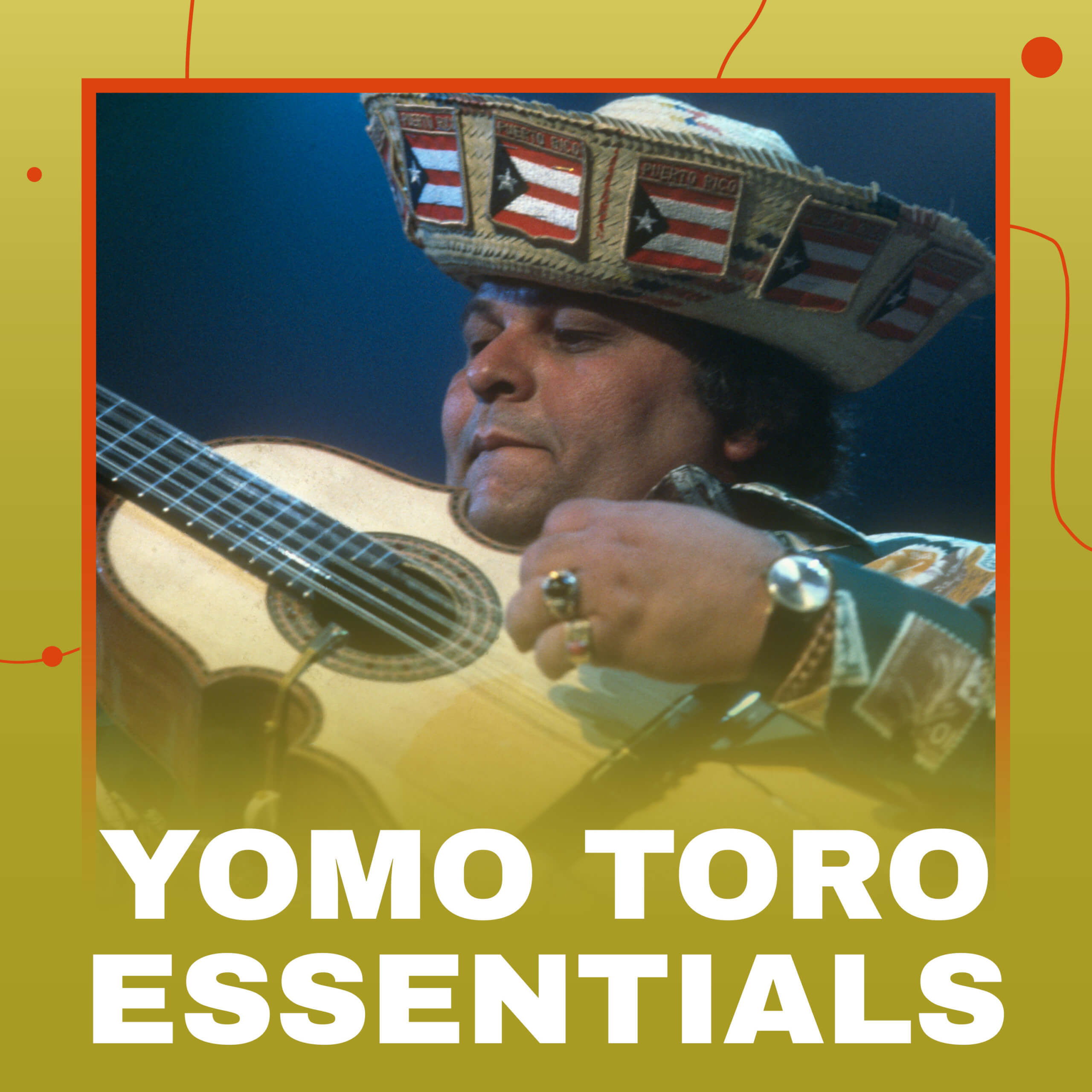
Yomo Toro
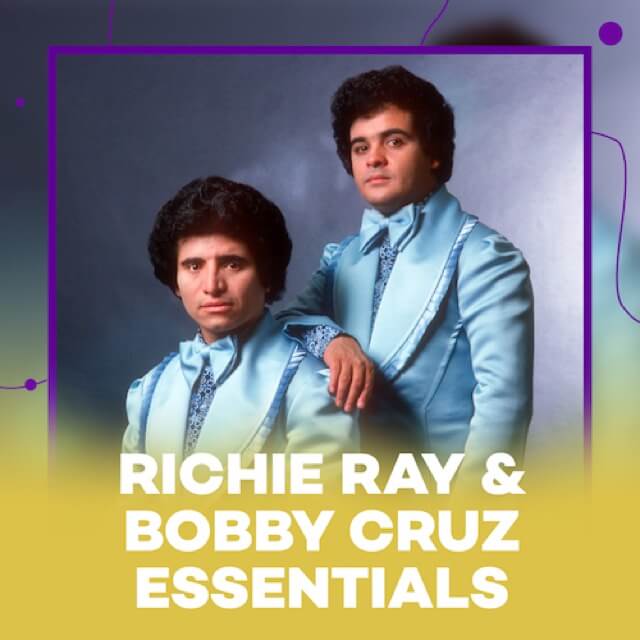
Richie Ray & Bobby Cruz
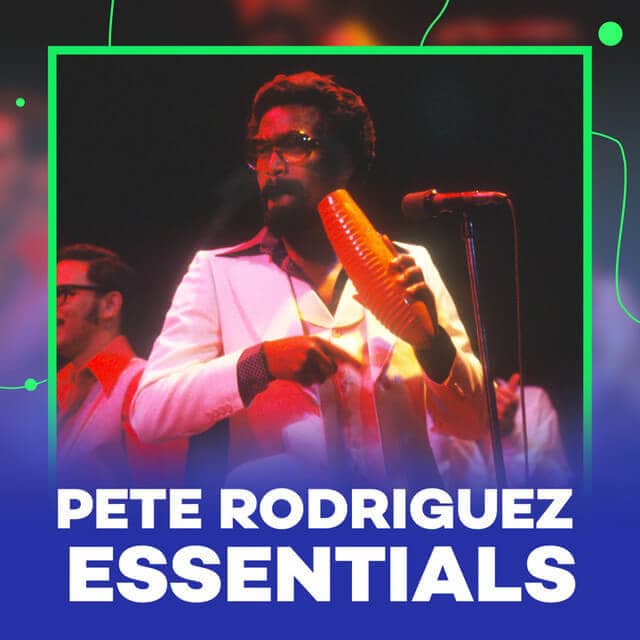
Pete “El Conde” Rodriguez
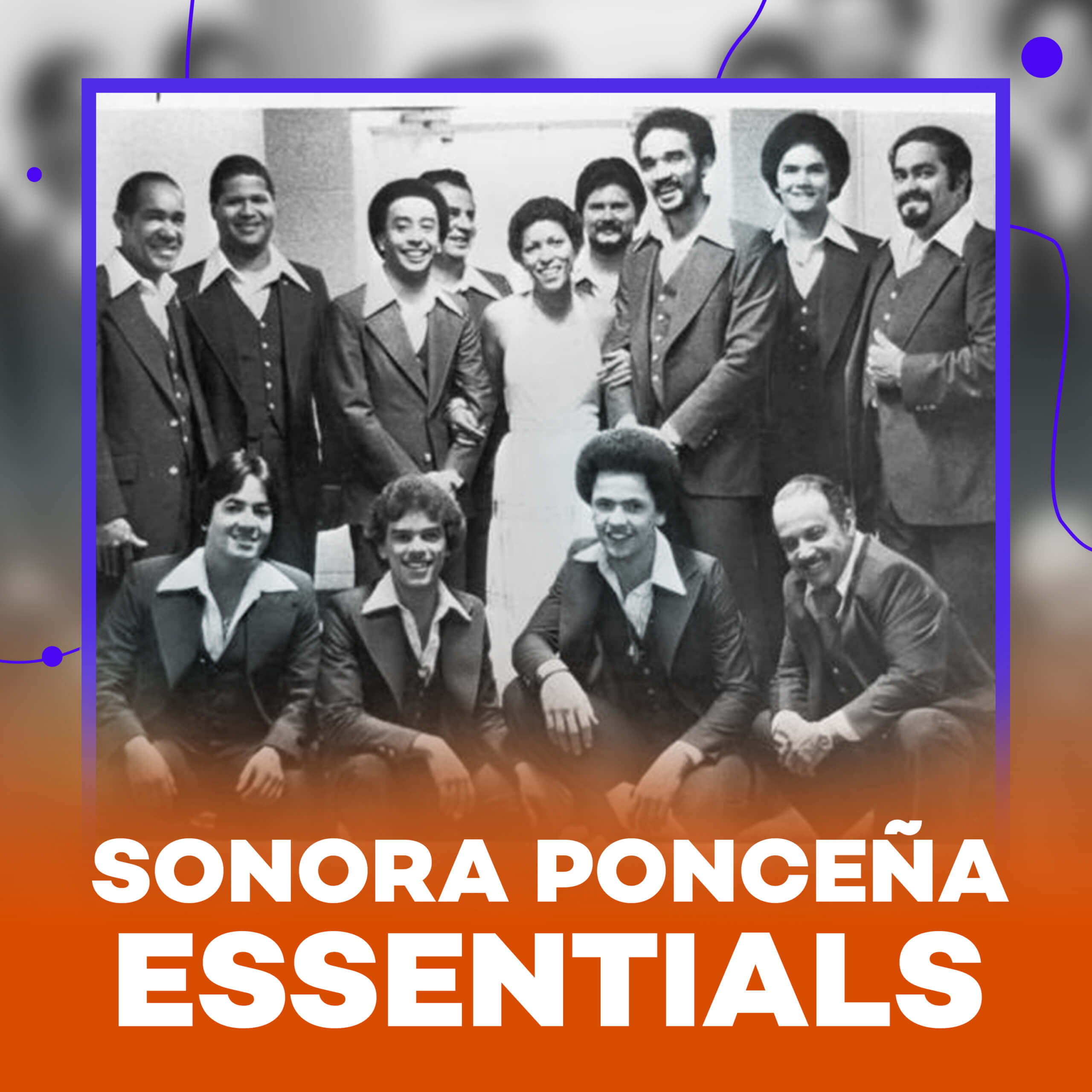
Sonora Ponceña

Larry Harlow
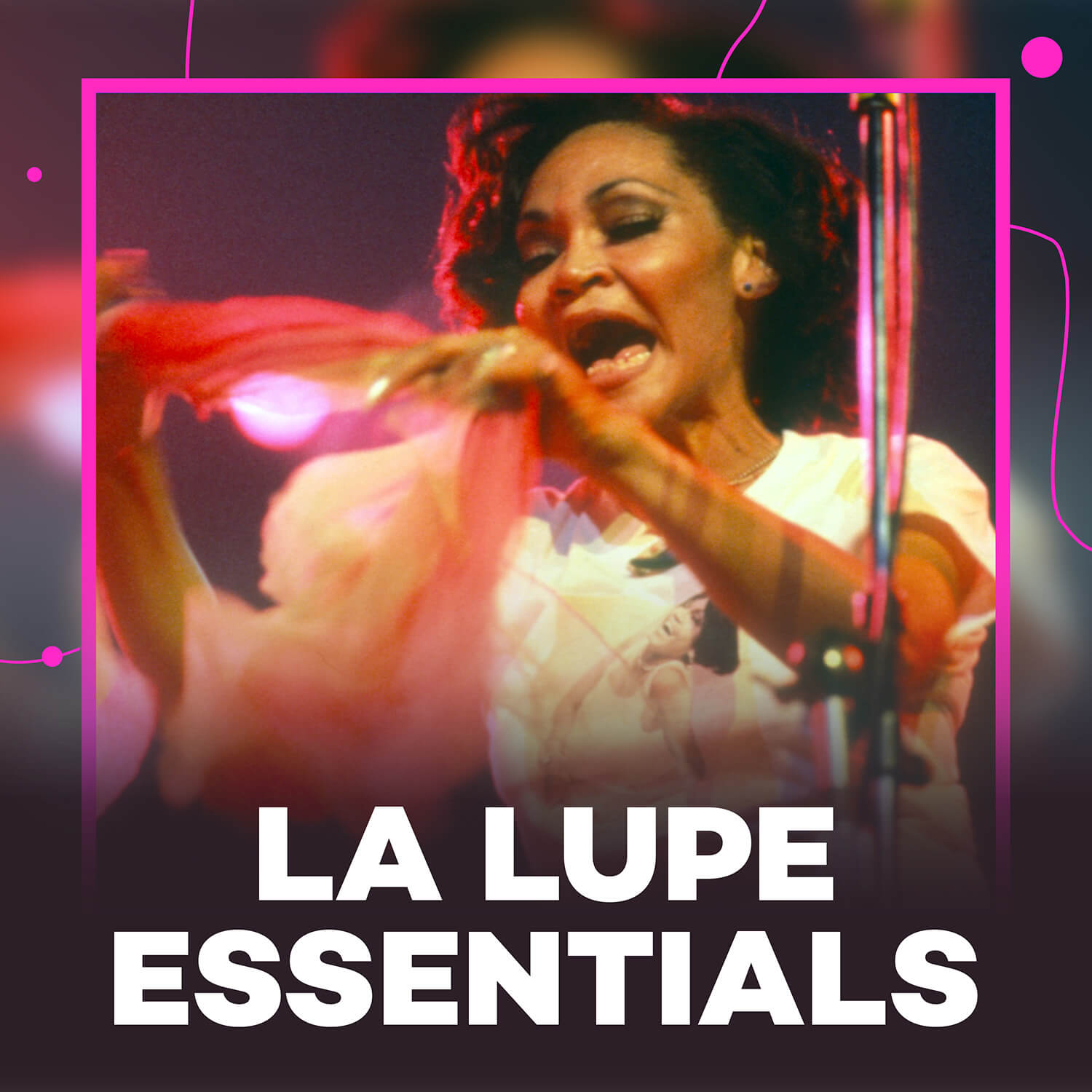
La Lupe

Celia Cruz
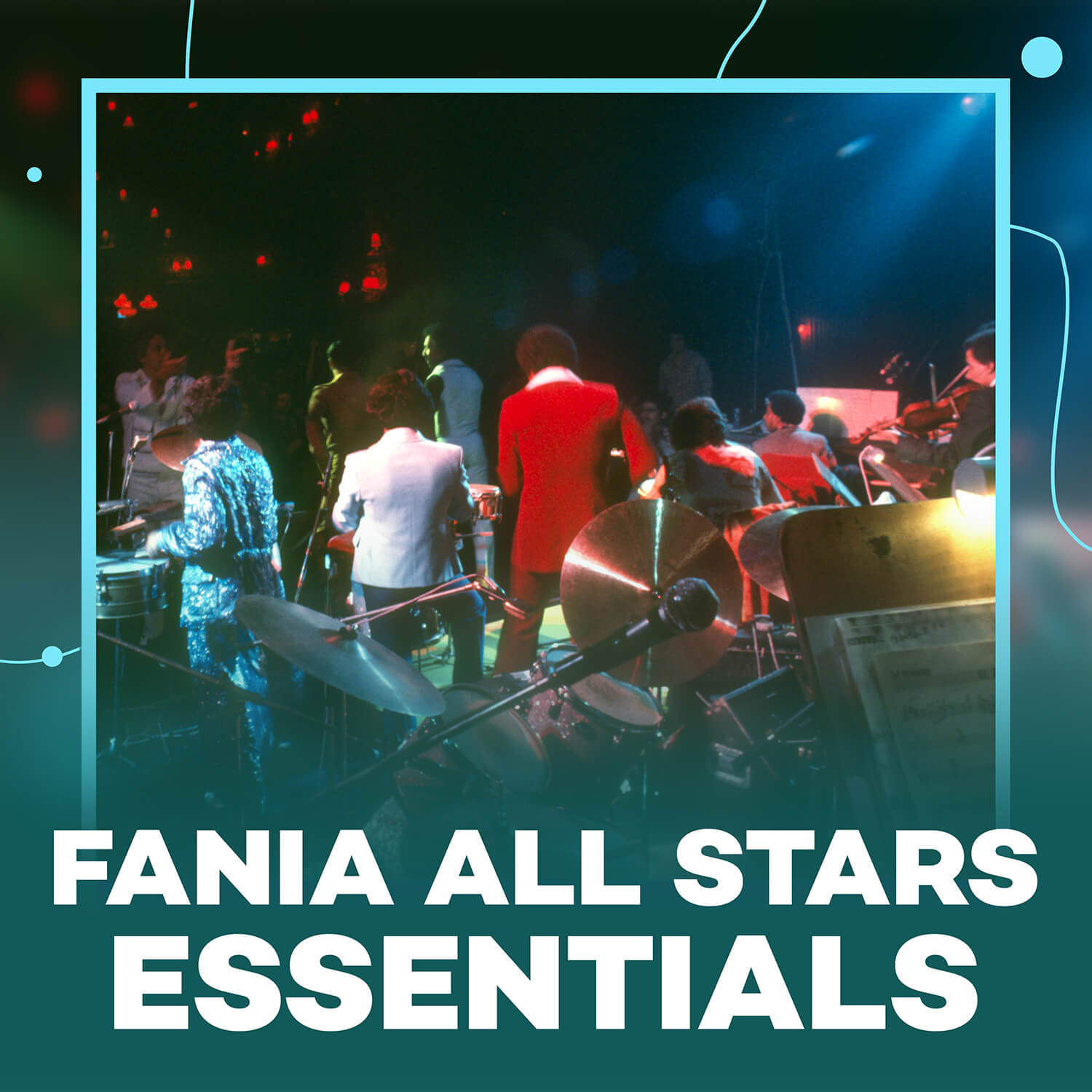
Fania All Stars
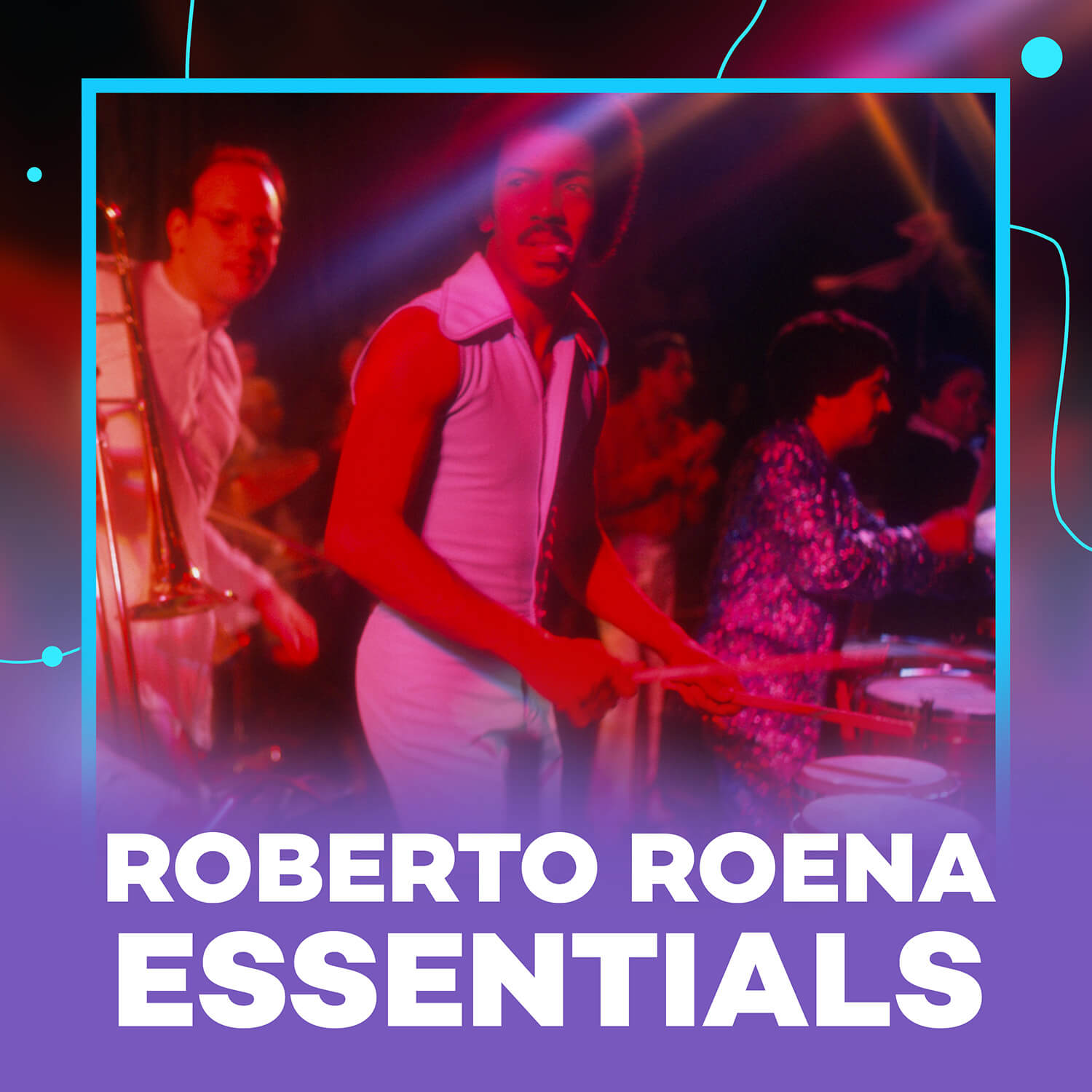
Roberto Roena
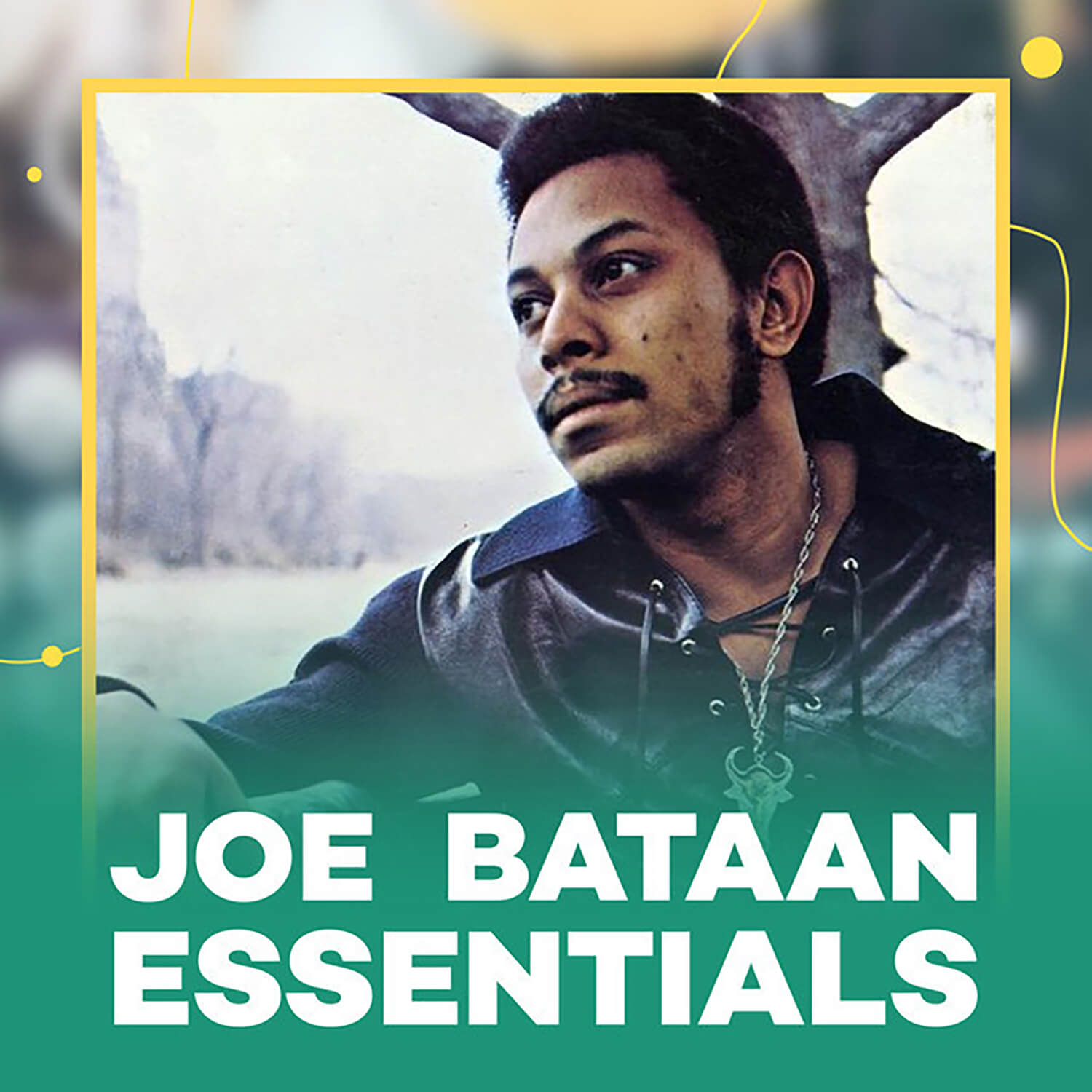
Joe Bataan
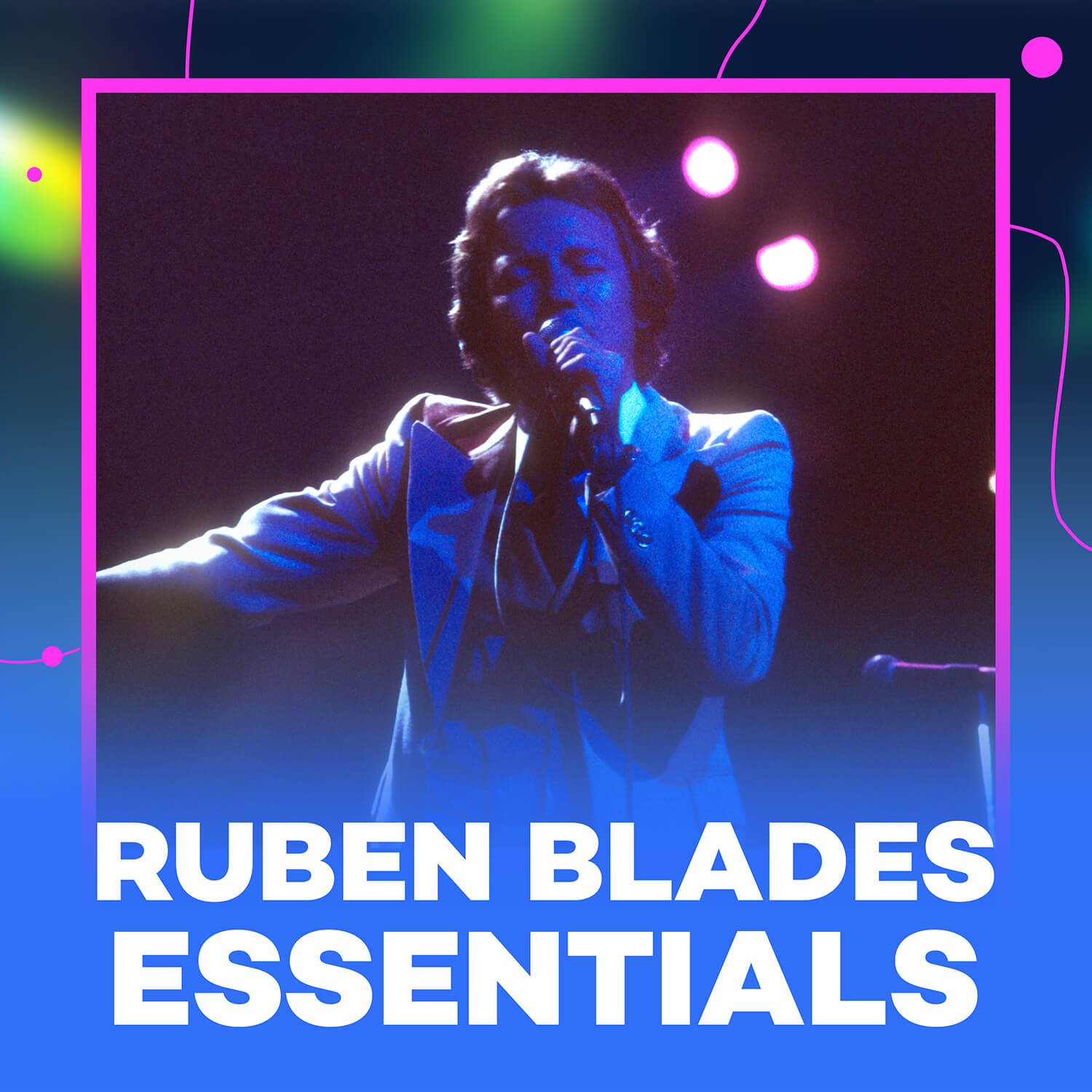
Ruben Blades
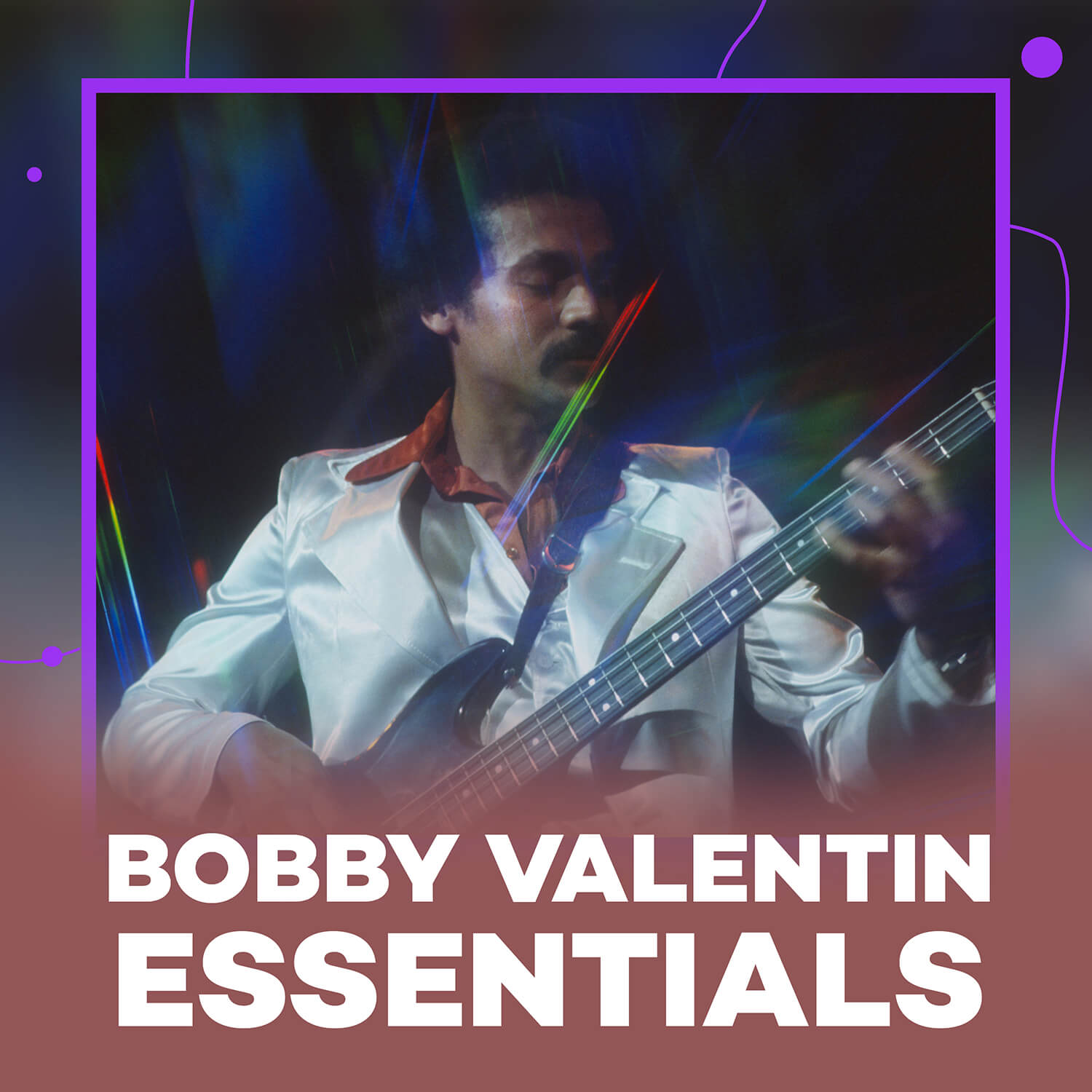
Bobby Valentin
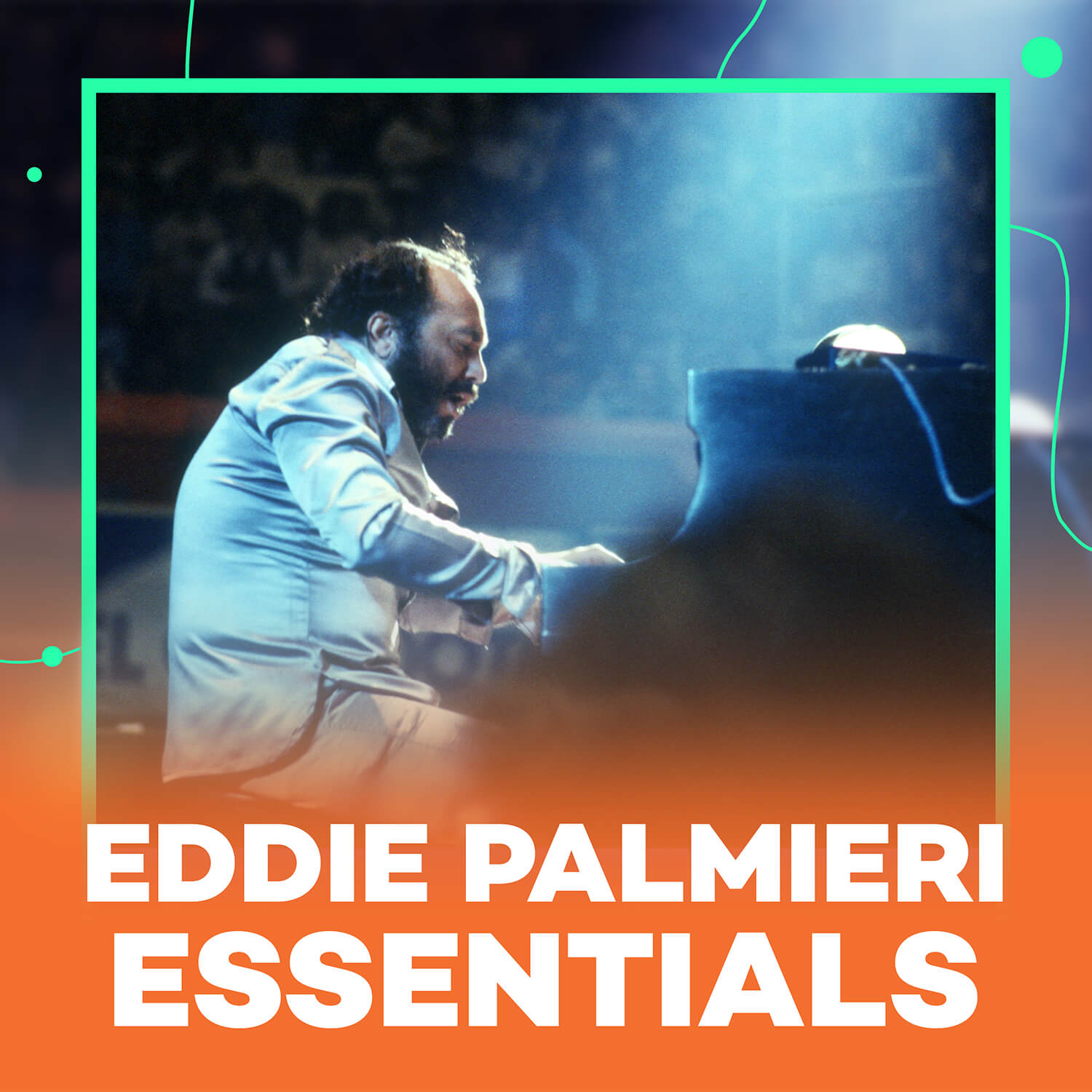
Eddie Palmieri
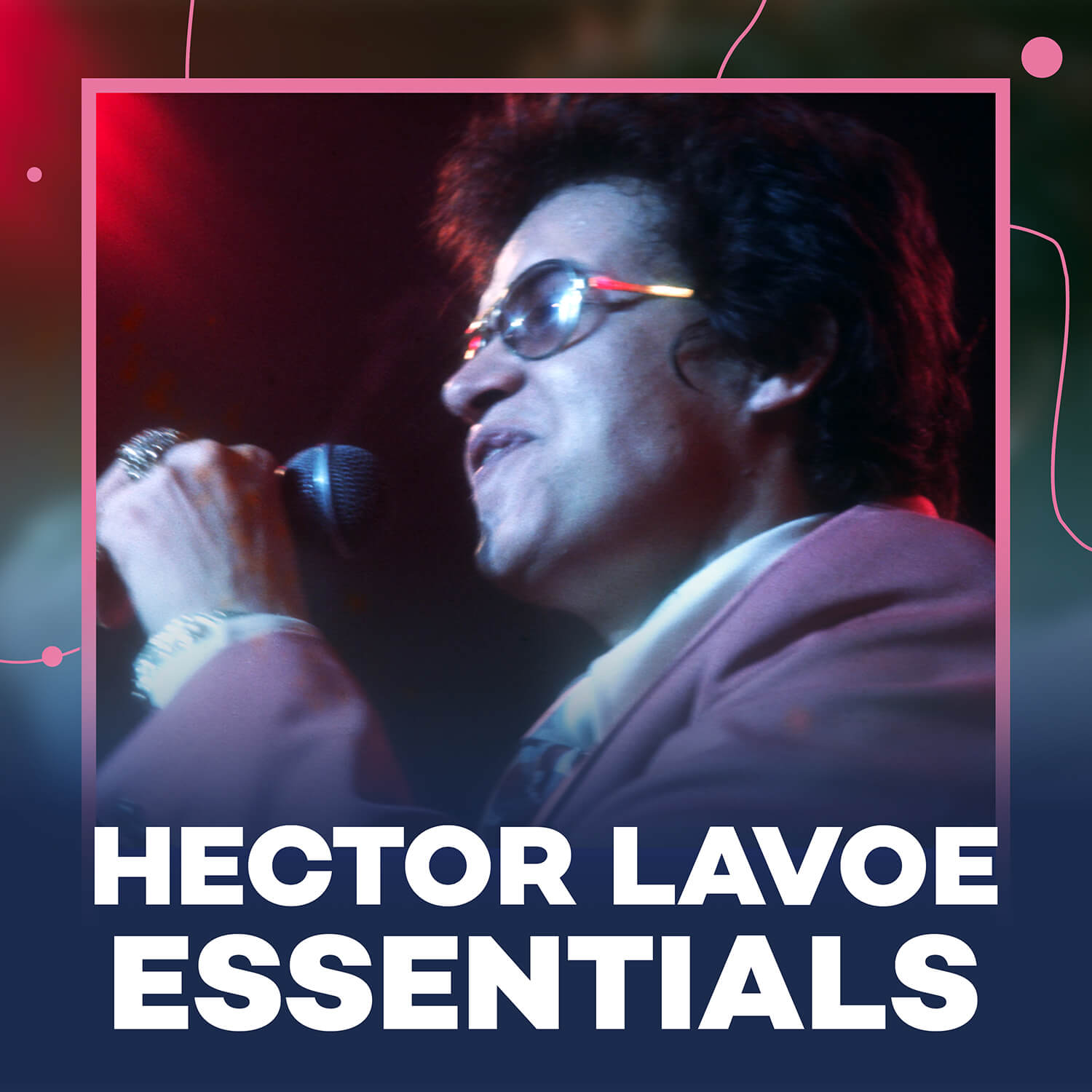
Hector Lavoe
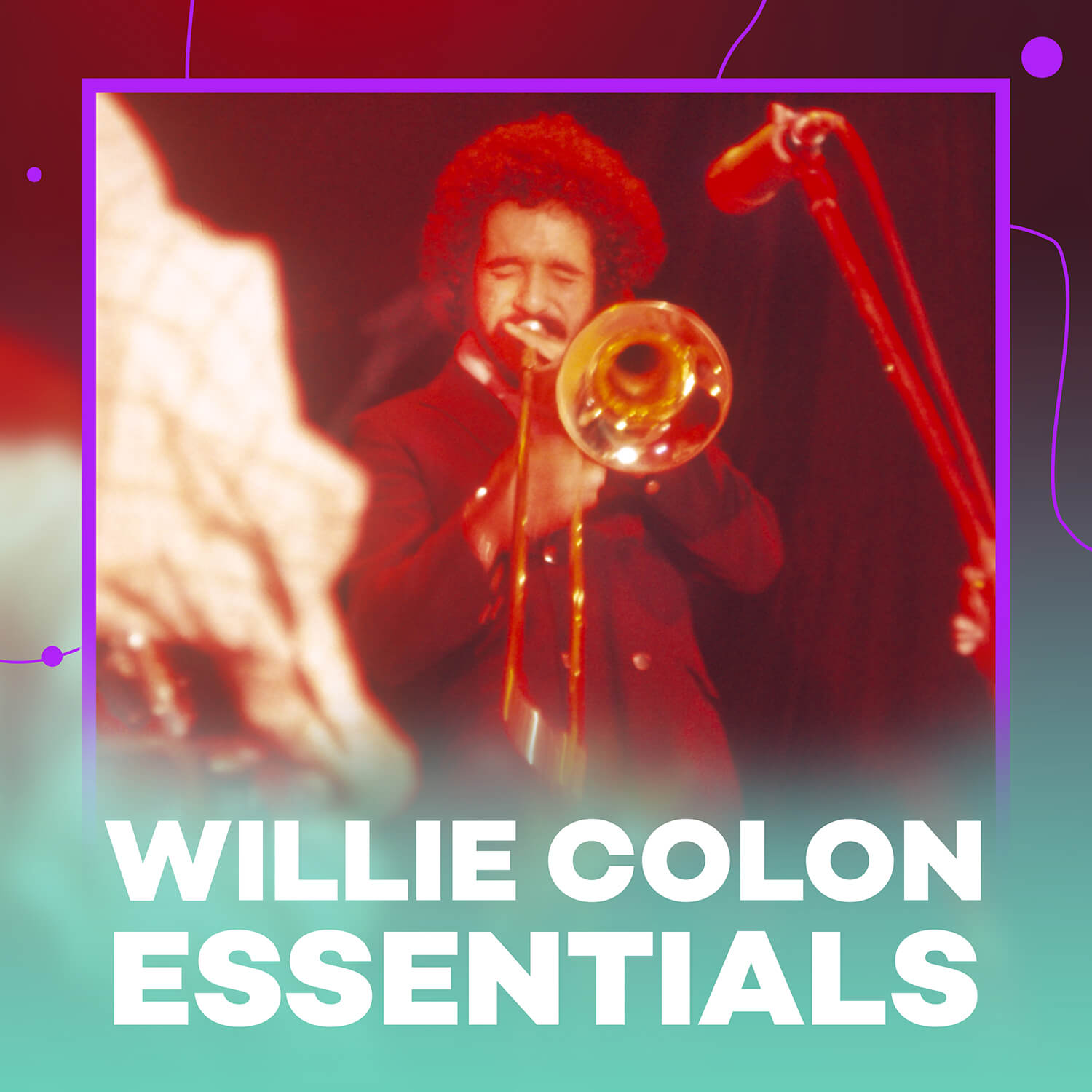
WILLIE COLON
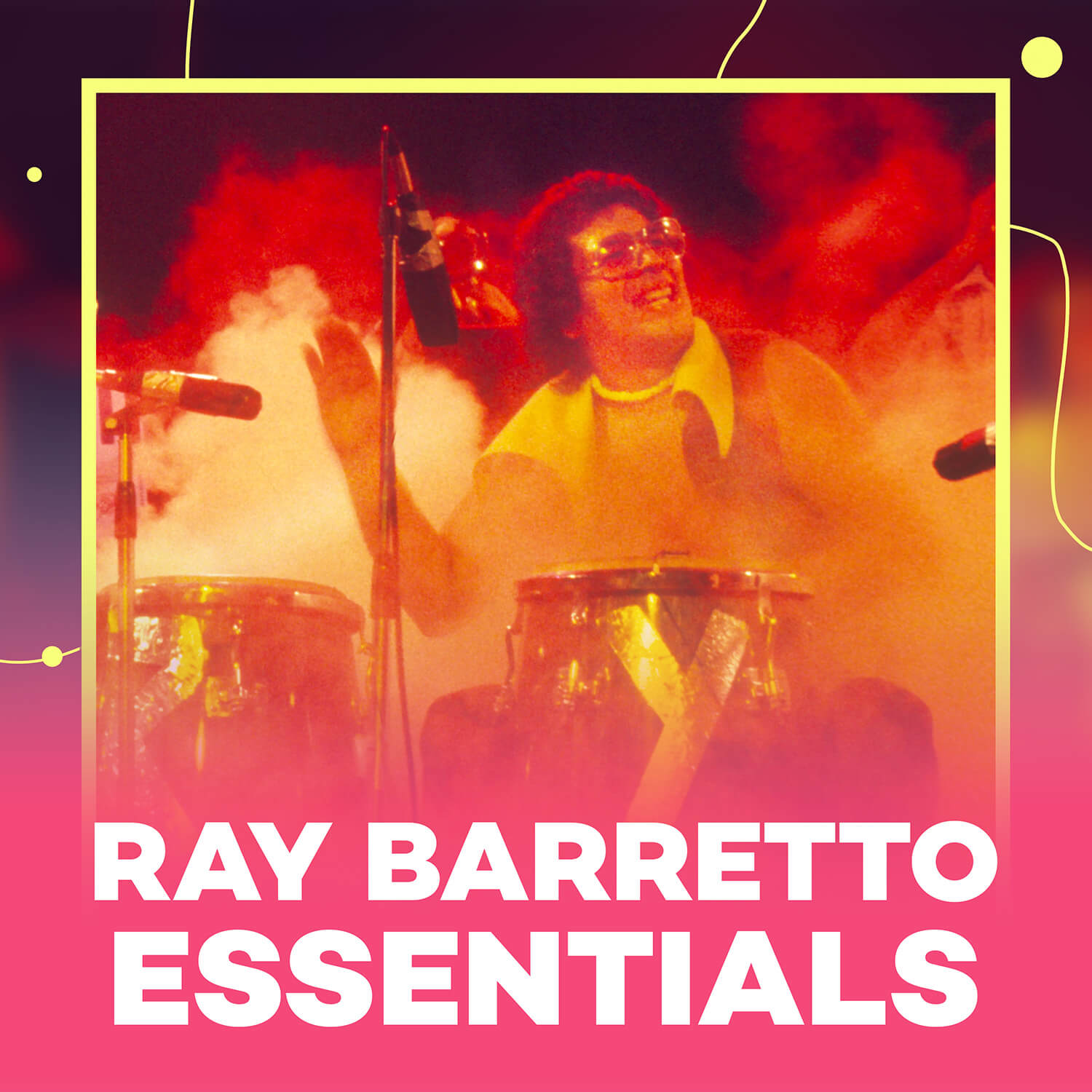
Ray Barretto
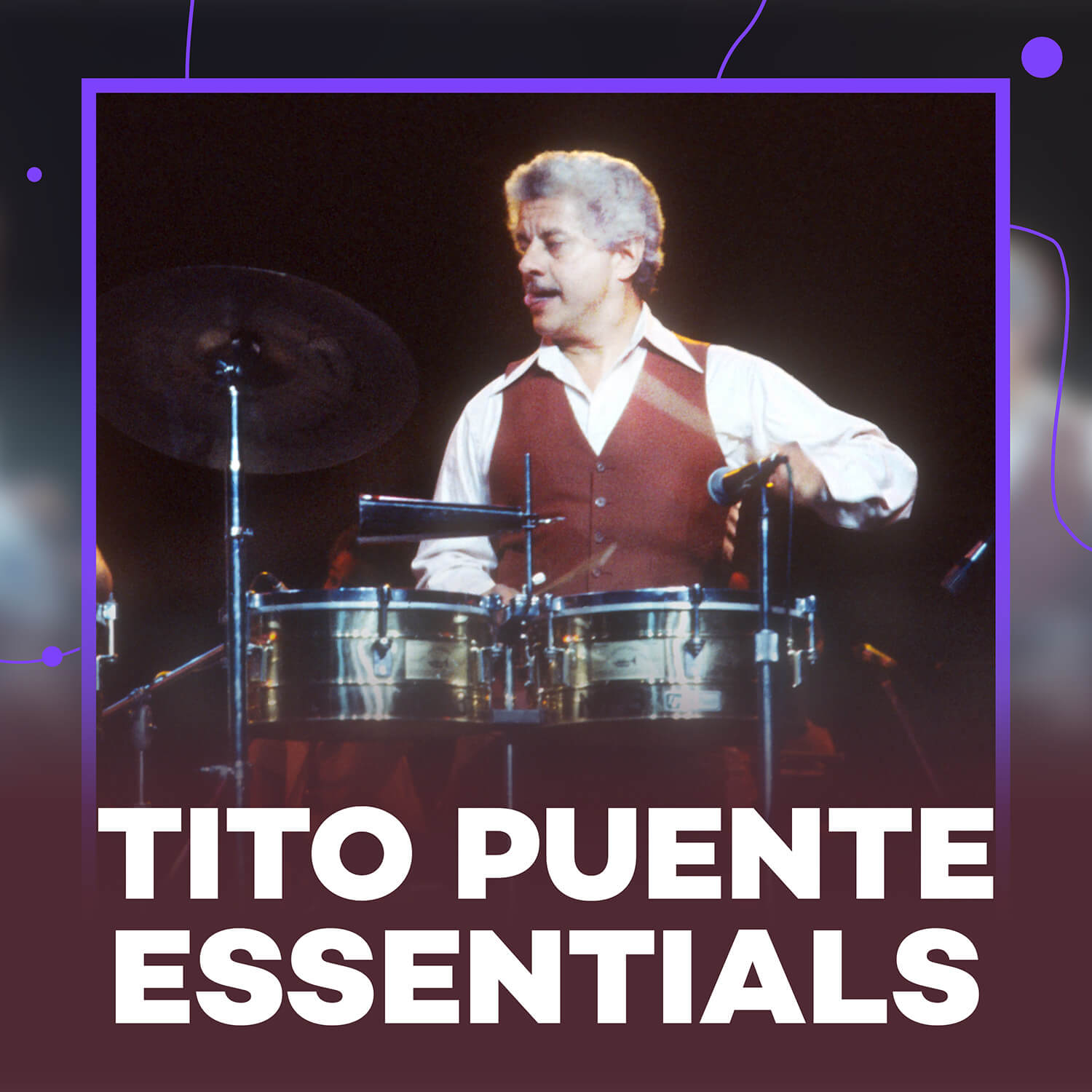
Tito Puente

Ralfi Pagan
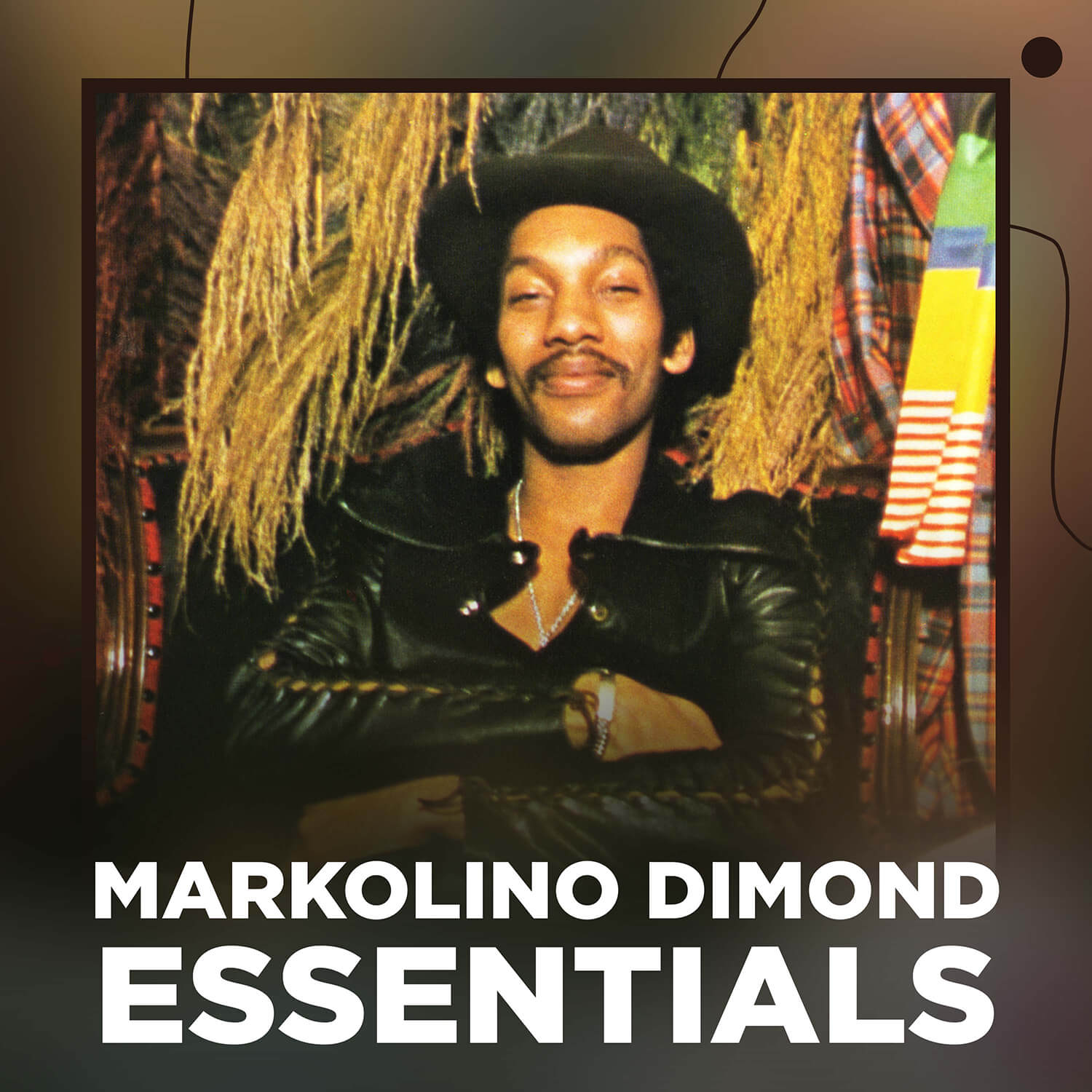
Markolino Dimond
